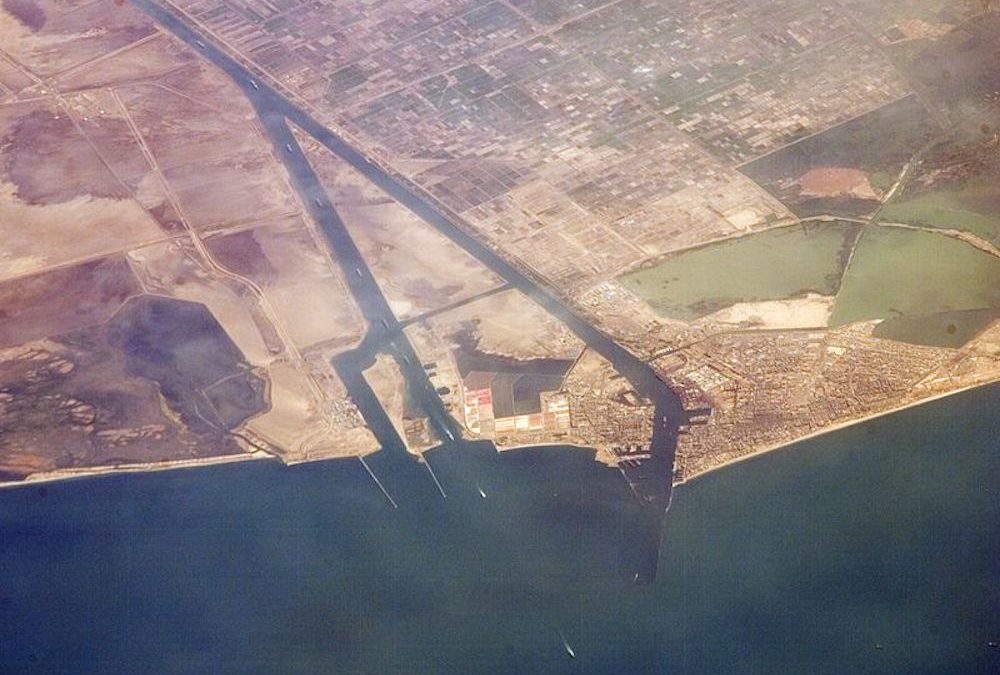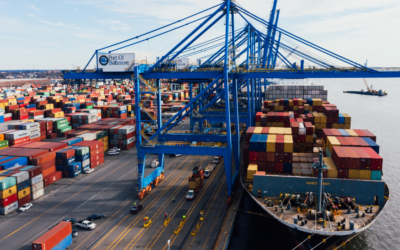Prices seem to be going up everywhere you turn. With gas prices edging ever closer to $5 a gallon (and higher, in some locations), it’s no wonder that companies are having to bump their prices to cover costs. One such increase that will have a big impact on shipping is the Suez Canal price increase. And while shippers are paying the bill now, they’re no doubt going to pass the fees on to consumers, which means you need to be aware and ready to manage upcoming changes.
The Situation: Suez Canal Price Increase Announced in 2021
While there’s no direct correlation between the six-day blockage of the canal in July 2021, it wasn’t long after that incident that the Suez Canal Authority (SCA) announced a scheduled Suez Canal price increase for February 2022. Announced by the SCA in November 2021, the 6% toll was said to apply to all ships except cruise ships and liquid and natural gas (LNG) carriers. That increase went into effect February 2022.
Then, in March 2022, a second toll was added, this one ranging from 5% to 10%, depending on the type of vessel. This time, cruise ships and LNG carriers were not exempt. It’s easy math: some shippers are suddenly paying up to 16% more to pass each way through the Suez Canal.
Projection: Look for More Increases
Given the price of fuel, the effects of the global pandemic, and continued issues with supply and demand, it’s a possibility more increases could be coming. This has left carriers with a hefty burden—in some cases, up to $100,000 more for a one-way crossing. The Suez Canal price increase has carriers wondering if it will be more economical to pay the bigger toll or spend more on fuel to go around the Horn of Africa. At the moment, the increased fee is actually a better bargain than taking on the extra mileage, but that could change as fuel prices fluctuate.
Currently, roughly 12% of international trade uses the canal, which provides the quickest route between Asia and Europe and the Americas. And since a vast majority of the goods we sell in the US come from Asia, the Suez Canal price increase will likely affect consumers here, as well as those around the globe.
Recommendation: Be Ready to Absorb or Pass on Increases
Given the current state of the economy, the Russia-Ukraine war, and the world still attempting to get back to normalcy after the pandemic, we’re all still in a state of flux. One thing we can count on, though, it that everything continues to cost more. As an importer or exporter, you must be ready to account for the Suez Canal price increase and determine what your next steps are. You may be able to absorb the rate hikes for a time, but at some point, you’ll need to bump your prices to maintain a profit in your business.
Now is the time to start to develop your strategy to deal with these global price increases. How will you let your customers know? When will you make the change? And will it be gradual or immediate?
These are the questions to consider as you develop your pricing plans for 2022 and 2023. You will have increased overhead, just as most every industry is dealing with. The key is to be smart and strategic about how and when you’ll raise prices and then appropriately communicate your message with your customers.
Cyclone Shipping Stays Connected to Industry Happenings
You have a business to run, so you can’t be expected to be up on everything that’s occurring in the shipping industry, whether that means Suez Canal price increases or how the economy is affecting the industry. That’s why you need an experienced freight forwarder on your team. You can trust Cyclone Shipping to stay connected to industry news and share information with you as we learn of it.
Your job is to focus on your business and customers. Leave the shipping management to us.
Contact us to learn more.




